Twist And Shout Hydrangea: The Ultimate Guide To Companion Planting
Twist and Shout Hydrangea: The Ultimate Guide to Companion Planting
Hydrangeas are one of the most popular flowering shrubs in the world, and for good reason. They come in a wide variety of colors, sizes, and shapes, and they can be grown in a variety of climates.
One of the best things about hydrangeas is that they're relatively easy to care for. They need full sun to partial shade, and they prefer moist, well-drained soil. With a little bit of care, hydrangeas will bloom for months on end.
One way to enhance the beauty and longevity of your hydrangeas is to plant them with companion plants. Companion planting is the practice of planting different types of plants together that benefit each other.
There are many different companion plants that can be paired with hydrangeas. Some of the best include:
- Hostas: Hostas are shade-loving perennials that provide a lush, green backdrop for hydrangeas. They also help to improve the soil drainage around hydrangeas, which can help to prevent root rot.
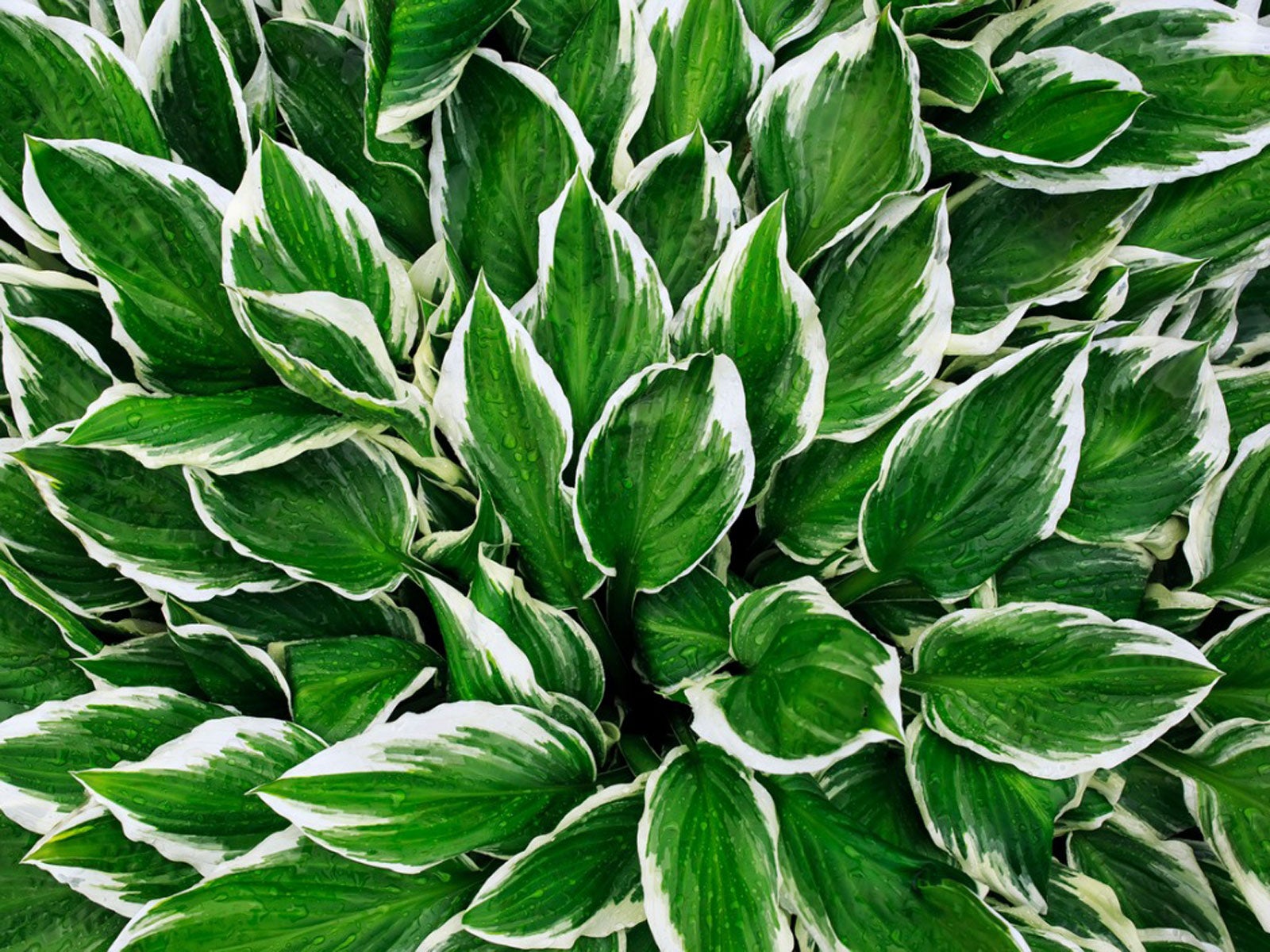
- Ferns: Ferns are another great choice for companion planting with hydrangeas. They add a touch of elegance to any garden, and they also help to keep the soil moist.
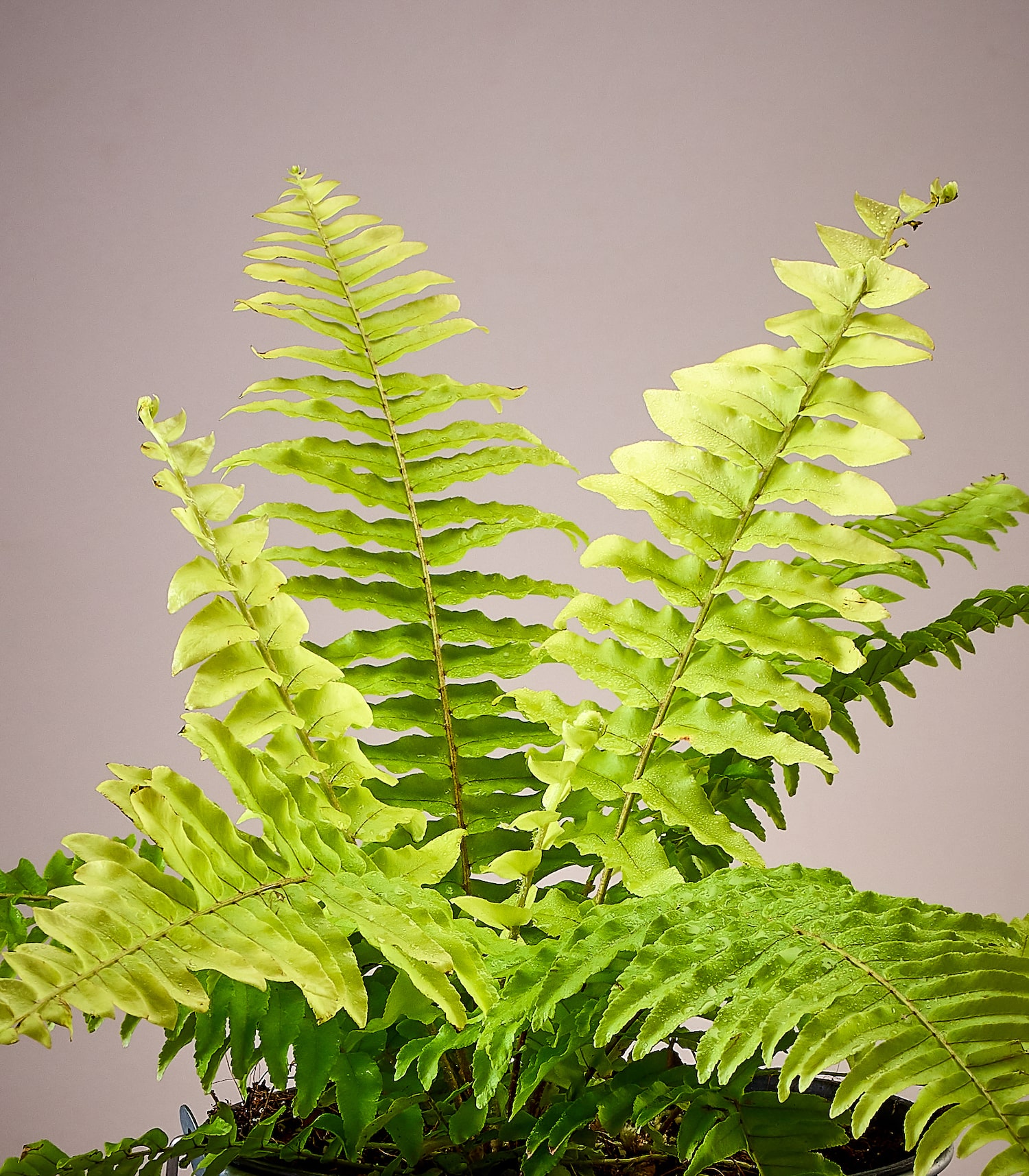
- Foxglove: Foxglove is a tall, flowering perennial that blooms in shades of purple, pink, and white. It attracts butterflies and other pollinators, which can help to fertilize your hydrangeas.

- Coral bells: Coral bells are low-growing perennials that come in a variety of colors. They're a great choice for filling in the spaces between hydrangeas, and they also help to attract beneficial insects.
When choosing companion plants for hydrangeas, it's important to consider the following factors:
- Sunlight: Hydrangeas need full sun to partial shade, so you'll need to choose companion plants that have similar sunlight requirements.
- Soil type: Hydrangeas prefer moist, well-drained soil, so you'll need to choose companion plants that can tolerate these conditions.
- Pests and diseases: Some companion plants can help to repel pests and diseases, which can help to keep your hydrangeas healthy.
By carefully choosing companion plants for your hydrangeas, you can create a beautiful and harmonious garden that will thrive for years to come.
Twist and Shout Hydrangea Companion Plants
The Twist and Shout Hydrangea is a beautiful and versatile plant that can be grown in a variety of settings. It's a great choice for those who want a hydrangea that blooms all summer long, and it's also relatively easy to care for.
If you're thinking about adding a Twist and Shout Hydrangea to your garden, you'll want to consider what companion plants to grow alongside it. Some good choices include:
- Hostas: Hostas are shade-loving perennials that come in a variety of colors and leaf shapes. They make excellent companions for Twist and Shout Hydrangeas because they have similar growing requirements.
- Ferns: Ferns are another good choice for shade-loving gardens. They add a touch of elegance to any setting, and they can help to keep the soil moist around your hydrangeas.
- Coral Bells: Coral Bells are a type of perennial that blooms in the spring and fall. They come in a variety of colors, including red, pink, and purple. Coral Bells are a great way to add some color to your garden, and they also help to attract butterflies and other pollinators.
For more information about Twist and Shout Hydrangea companion plants, please visit Gardenia Inspiration.
FAQ of twist and shout hydrangea companion plants
Q: What are some good companion plants for Twist and Shout hydrangeas?
A: Some good companion plants for Twist and Shout hydrangeas include:
- Hostas: Hostas provide a beautiful contrast to the large, showy blooms of Twist and Shout hydrangeas. They also help to suppress weeds and improve the soil quality.
- Ferns: Ferns add a touch of elegance and sophistication to any garden. They also help to create shade, which is beneficial for Twist and Shout hydrangeas, as they prefer partial shade.
- Daylilies: Daylilies are a carefree and colorful addition to any garden. They bloom for a long period of time, which helps to extend the flowering season of Twist and Shout hydrangeas.
- Astilbes: Astilbes are a great choice for adding height and texture to a garden. They also provide nectar for butterflies and other pollinators.
- Peonies: Peonies are a classic choice for companion plants with hydrangeas. They bloom at the same time as Twist and Shout hydrangeas, and their delicate pink or white blooms complement the larger hydrangea blooms.
Q: What are some things to consider when choosing companion plants for Twist and Shout hydrangeas?
A: When choosing companion plants for Twist and Shout hydrangeas, it is important to consider the following factors:
- Sunlight: Twist and Shout hydrangeas prefer partial shade, so it is important to choose companion plants that also prefer partial shade.
- Soil: Twist and Shout hydrangeas prefer moist, well-drained soil. Companion plants should have similar soil requirements.
- Height: Twist and Shout hydrangeas can grow up to 6 feet tall, so it is important to choose companion plants that will not outgrow them.
- Color: Companion plants can be chosen to complement the color of the hydrangea blooms. For example, if you have a blue Twist and Shout hydrangea, you could choose white or yellow companion plants.
Q: How far apart should companion plants be planted from Twist and Shout hydrangeas?
A: The distance between companion plants and Twist and Shout hydrangeas will vary depending on the size of the plants. However, as a general rule, companion plants should be planted at least 2 feet away from hydrangeas. This will give the plants enough space to grow and spread without crowding each other.
Q: What are some tips for planting and caring for Twist and Shout hydrangea companion plants?
A: Here are some tips for planting and caring for Twist and Shout hydrangea companion plants:
- Plant companion plants in the spring or fall, when the weather is cool and moist.
- Amend the soil with compost or other organic matter before planting.
- Water companion plants regularly, especially during the first year after planting.
- Fertilize companion plants in the spring with a balanced fertilizer.
- Deadhead spent blooms to encourage new growth.
Q: What are some common pests and diseases that affect Twist and Shout hydrangea companion plants?
A: Some common pests and diseases that affect Twist and Shout hydrangea companion plants include:
- Aphids: Aphids are small, sap-sucking insects that can damage plants. They can be controlled with insecticidal soap or neem oil.
- Slugs and snails: Slugs and snails can eat holes in leaves and flowers. They can be controlled with traps or baits.
- Powdery mildew: Powdery mildew is a fungal disease that causes white, powdery spots on leaves. It can be controlled with fungicides.
- Rust: Rust is a fungal disease that causes orange or brown spots on leaves. It can be controlled with fungicides.
Image of twist and shout hydrangea companion plants
- Hostas are a classic companion plant for hydrangeas. They provide good shade and help to keep the soil moist. Hostas also come in a variety of colors, so you can choose ones that complement the hydrangeas.
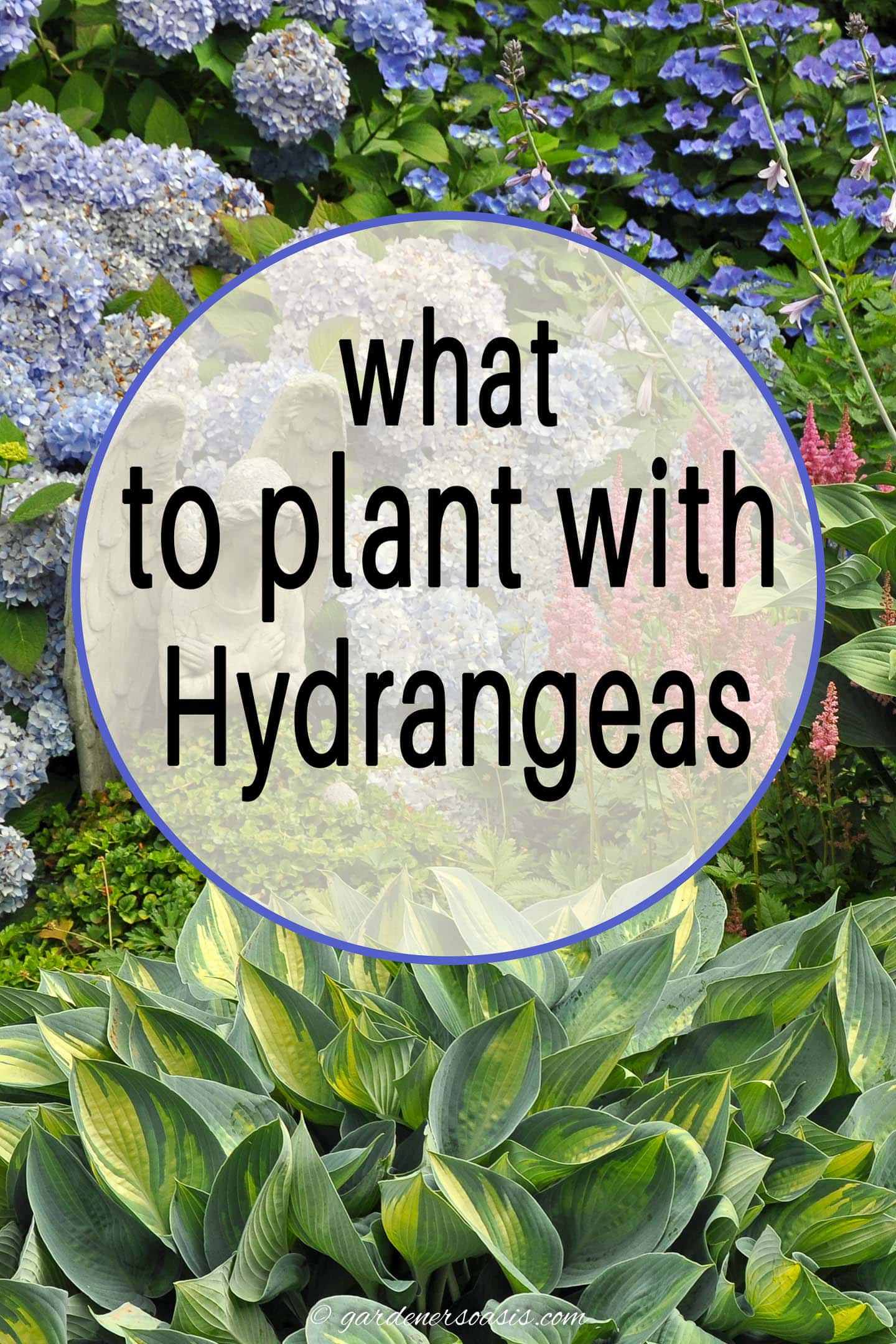
- Astilbe is another good choice for companion plants for hydrangeas. It blooms at the same time as hydrangeas, and the delicate pink or white flowers look lovely against the hydrangeas' large blooms.
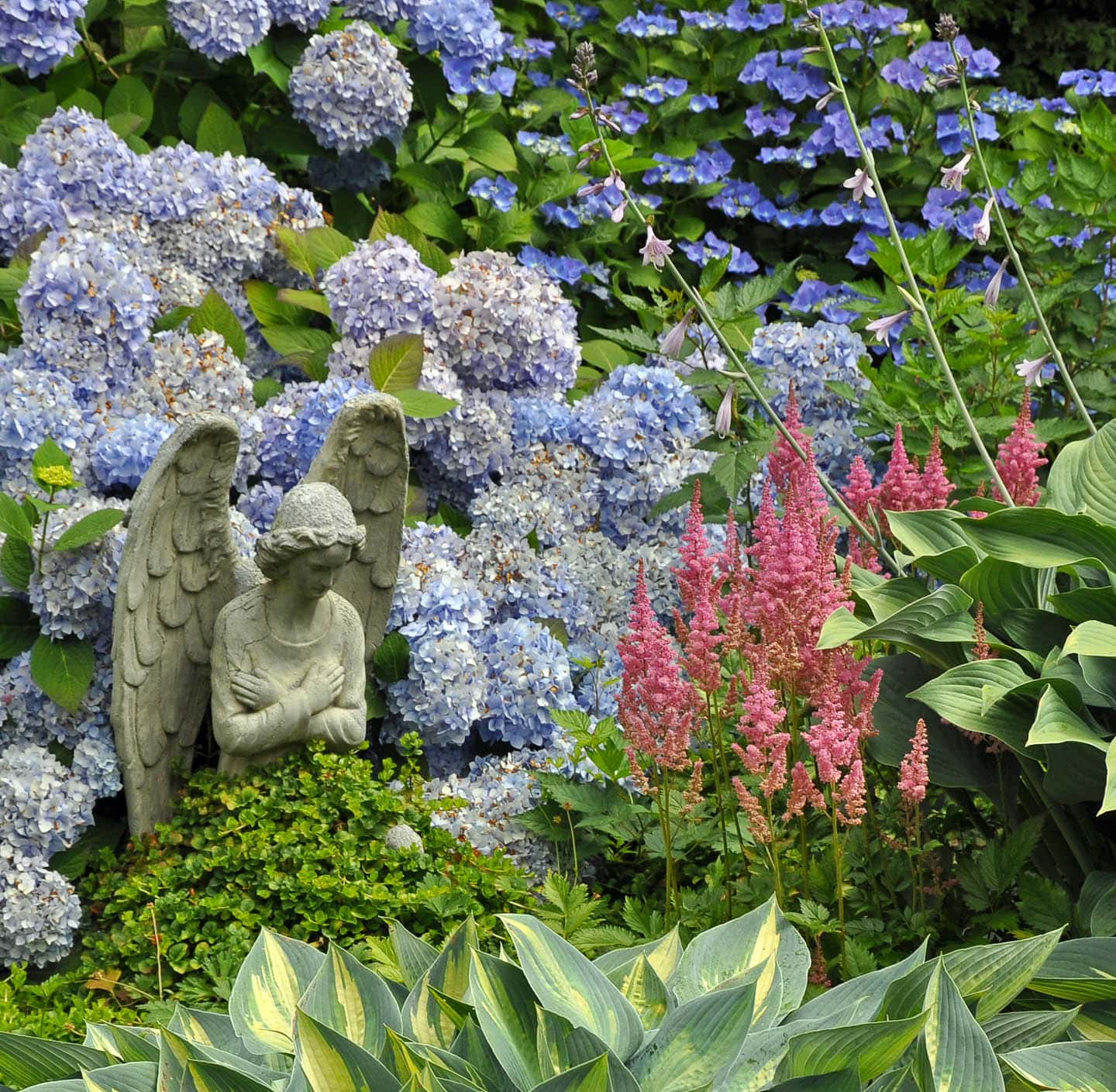
- Heucheras are a type of coral bells that come in a variety of colors, including red, orange, yellow, and green. They make great companion plants for hydrangeas because they have similar moisture and soil requirements.

- Liriope is a type of ornamental grass that is tolerant of shade and moist soil. It blooms in late summer or early fall with lavender or white flowers.
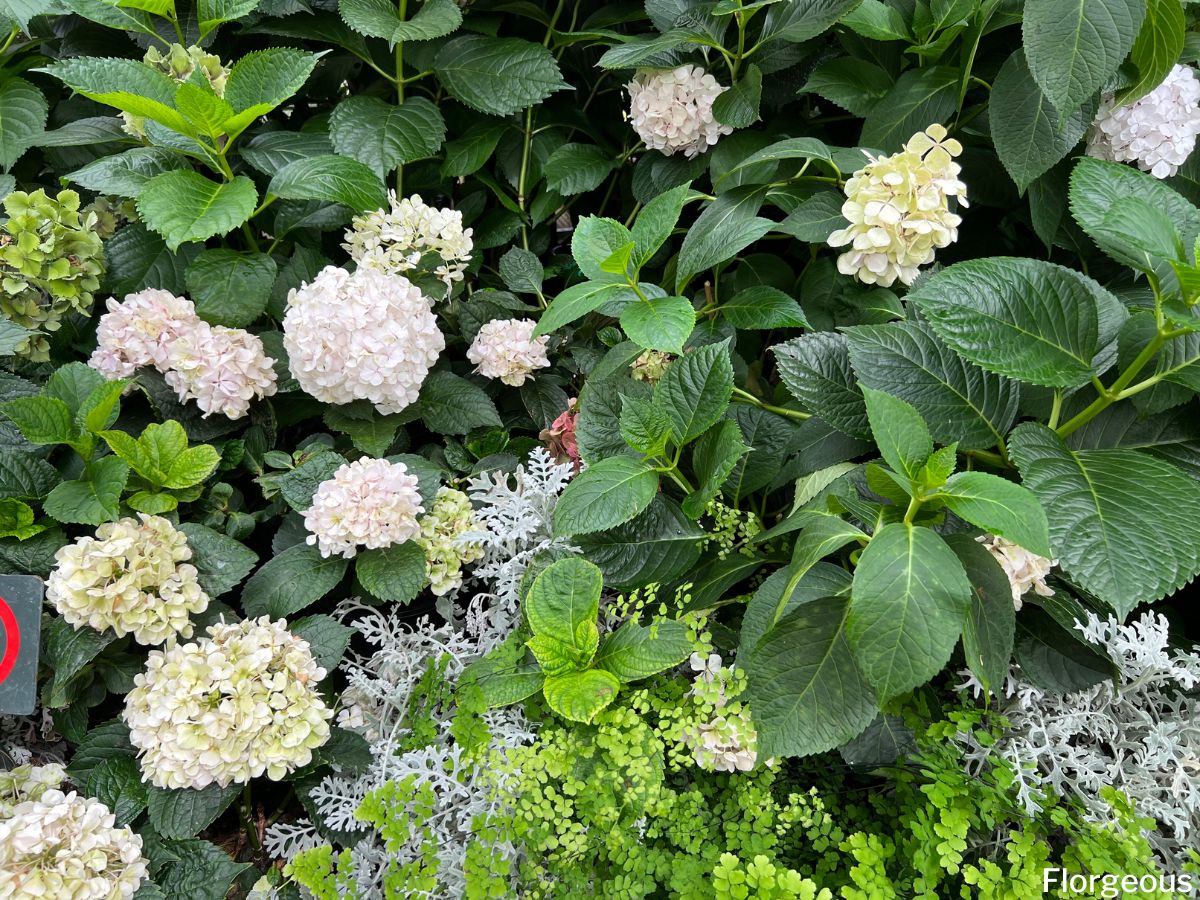
- Diascia is a low-growing annual that blooms in shades of pink, orange, and yellow. It is a good choice for companion plants for hydrangeas because it can help to fill in the spaces between the hydrangeas' blooms.

Post a Comment for "Twist And Shout Hydrangea: The Ultimate Guide To Companion Planting"